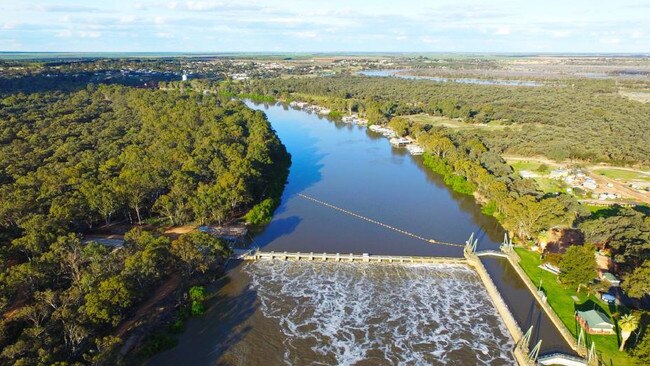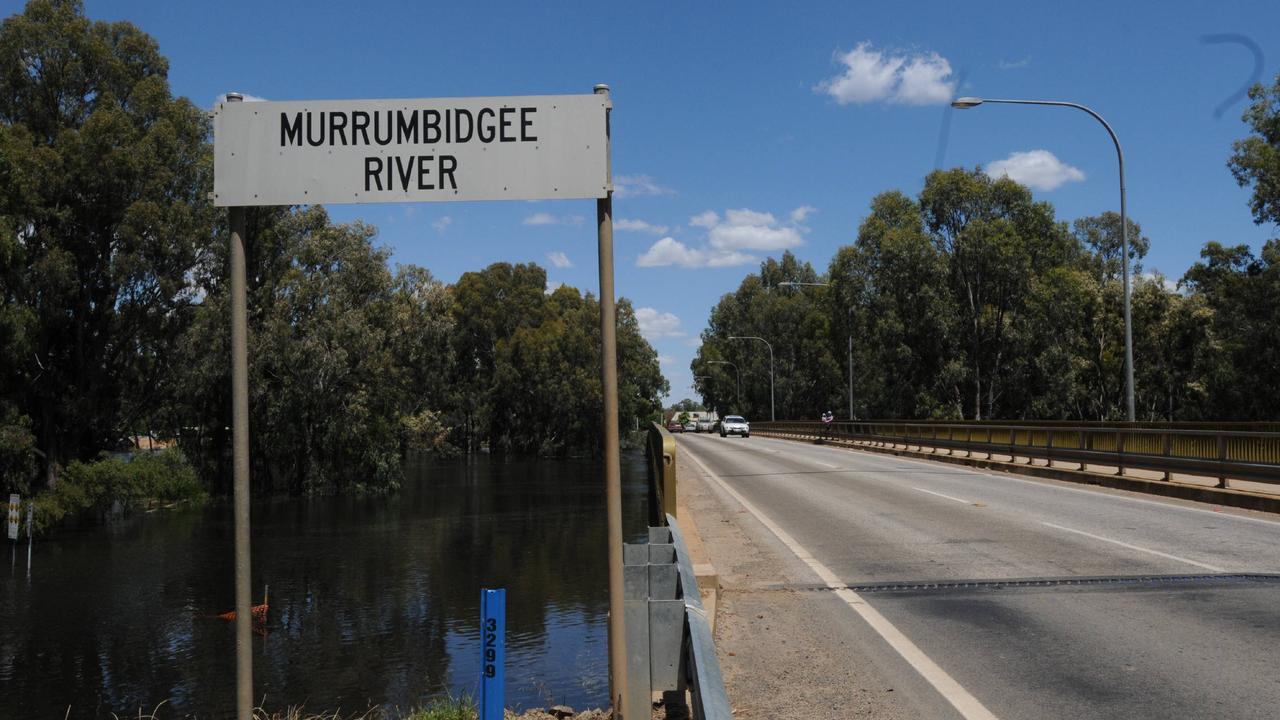Basin water trade: Duxton takes control of 161,000 megalitres
ONE of Australia’s largest water speculators has gained massive market power, taking control of 161,000 megalitres of allocation water in the southern Murray Darling Basin in 2018.

ONE of Australia’s largest water speculators has gained massive market power, taking control of 161,000 megalitres of allocation water in the southern Murray Darling Basin in 2018.
Duxton Water spent $31.76 million last year buying an estimated 100,000ML, plus gaining another 61,000ML against its entitlement holdings.
The allocation holding represents almost 14 per cent of the total volume of the annual allocation trade in the southern basin (excluding zero-value trades).
Most irrigators had assumed Duxton’s allocation holdings were much lower, based on the quarterly cashflow declarations it lodged with the Australian Stock Exchange over 2018, which stated it had spent just $17.29m on buying allocation water. However in its final annual report, released on February 22 this year, Duxton revealed it had spent $31.76 million buying allocation water.
Duxton Water Assets director Alister Walsh has refused to answer questions on why there was such a large discrepancy in its reporting.
But the lack of transparency in Duxton trading and ongoing concerns over it and other speculators’ influence on water markets, has led federal Water Minister David Littleproud to promise a re-elected Coalition Government would call in the competition watchdog to investigate the basin’s water markets.
Mr Litttleproud said the Australian Competition and Consumer Commission would be called on to “get under the bonnet and have a good look at how and if the market is working”.
When questioned on his support for an ACCC review, Labor water spokesman Tony Burke said: “Labor is happy to consider any measures to improve integrity in the Murray darling water market.”
The Weekly Times is aware irrigator complaints have already been lodged with the ACCC over concerns that some water investors:
PLACED substantial allocation buy-orders to prop up the market when resource managers announce increased allocations or if rain is set to ease demand.
PLACED a buy order to set a floor price and then sell water through the same broker to dispose of water at a marginally higher price.
BID to keep the price within a narrow predetermined price band, confident it had sufficient ability to influence the market to achieve that objective; and
INFLATED the market price by buying a number of small parcels of water, when there was no great depth to the market.


